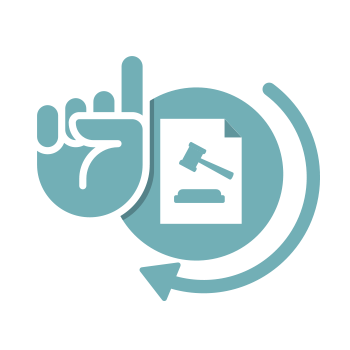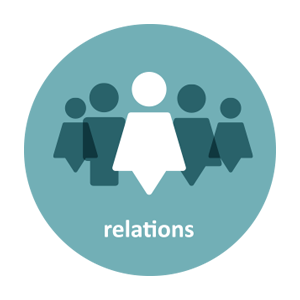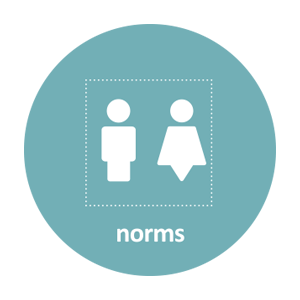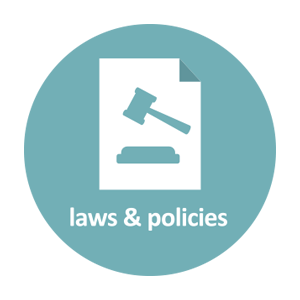
TIPS FOR MEASURING LAWS & POLICIES AND RELATIONS
- Use power mapping or analysis tools to understand relations in multiple relevant spheres: e.g. relations between partners/spouses or between parents and children in the family, relations between peers, and between girls and boys, as well as relations at the community level, and relations with private and public authorities and/or service provides (in market or state arena).
- Use qualitative research to understand the quality of relations, including positive features (equity, trust, reciprocity, support), and a reduction of negative features (reduced levels of conflicts and threats of violence)
ILLUSTRATIVE INDICATORS
FINANCIAL SERVICES FOR THE POOR
OUTCOMES
1.1. Stronger legal provisions on women’s property and land rights
INDICATORS
1.1.1. % of women who own property or resources for the production of goods, services and/or income in their own name
WATER, SANITATION AND HYGIENE
OUTCOMES
2.1. Greater gender equity in the laws and policies in the WSH sector
INDICATORS
2.1.1. # of gender-responsive policies, that formally recognize gender-specific needs and barriers, in WSH sector
2.1.2. # of government WSH policies and programs that address gender and incorporate plans explicitly informed and directed by gender analysis


